



SpaceX’s Fram2 mission, led by crypto entrepreneur Chun Wang, is the first human flight in polar orbit. Launched from NASA’s Kennedy Space Center, it carries four private astronauts to conduct 22 microgravity experiments. The mission advances private spaceflight and offers insights for future deep-space exploration without government backing.

Copyright infringement not intended
Elon Musk's SpaceX launched a crew of four private astronauts led by a crypto entrepreneur on a mission to orbit Earth from pole to pole.
It is a private astronaut launched by SpaceX, led by crypto entrepreneur Chun Wang.
It marks the first time human travel in a polar orbit around Earth—an orbit never before attempted with human passengers.
This mission expands SpaceX’s dominance in global spaceflight and indicates its ability to innovate beyond traditional government-backed programs.
SpaceX launched the Fram2 mission from Pad 39A at NASA’s Kennedy Space Center in Cape Canaveral, Florida.
They used a Falcon 9 rocket equipped with a Crew Dragon capsule—the same reusable spacecraft developed with NASA funding for astronaut transport to and from the International Space Station (ISS).
Unlike prior missions that docked with the ISS or operated in low-Earth orbits, Fram2 launches on a free-flying polar-orbiting journey.
No humans have ever traveled along this path before.
Many earlier flights involved government astronauts or partnerships, however, the Fram2 crew operates independently without any direct government backing.
Over three to five days, the Fram2 crew will perform 22 research experiments focused on understanding how microgravity affects the human body.
These studies aim to advance knowledge about long-term space travel and contribute valuable data to medical science.
Topics range from cardiovascular health to muscle atrophy, providing insights critical for future deep-space exploration.
The orbit allows satellites and spacecraft to cover nearly every point on Earth’s surface -> offer wide coverage for scientific observations
Sending humans into polar orbit presents unique challenges due to higher radiation exposure near the poles and the need for accurate navigation through complex gravitational fields.

Source:
|
PRACTICE QUESTION Q. What is space debris, and how does it pose a threat to operational satellites and space missions? 150 words |
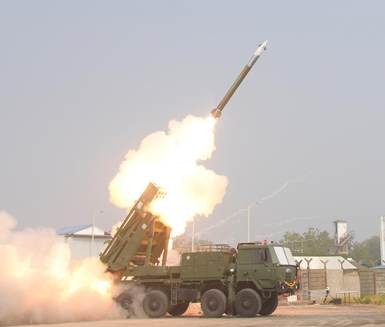
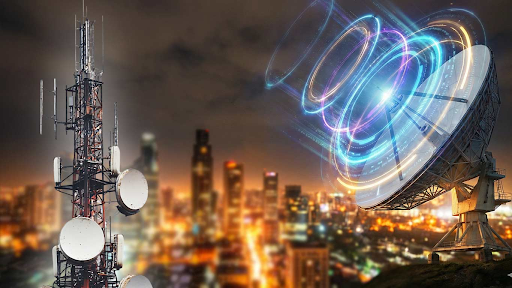
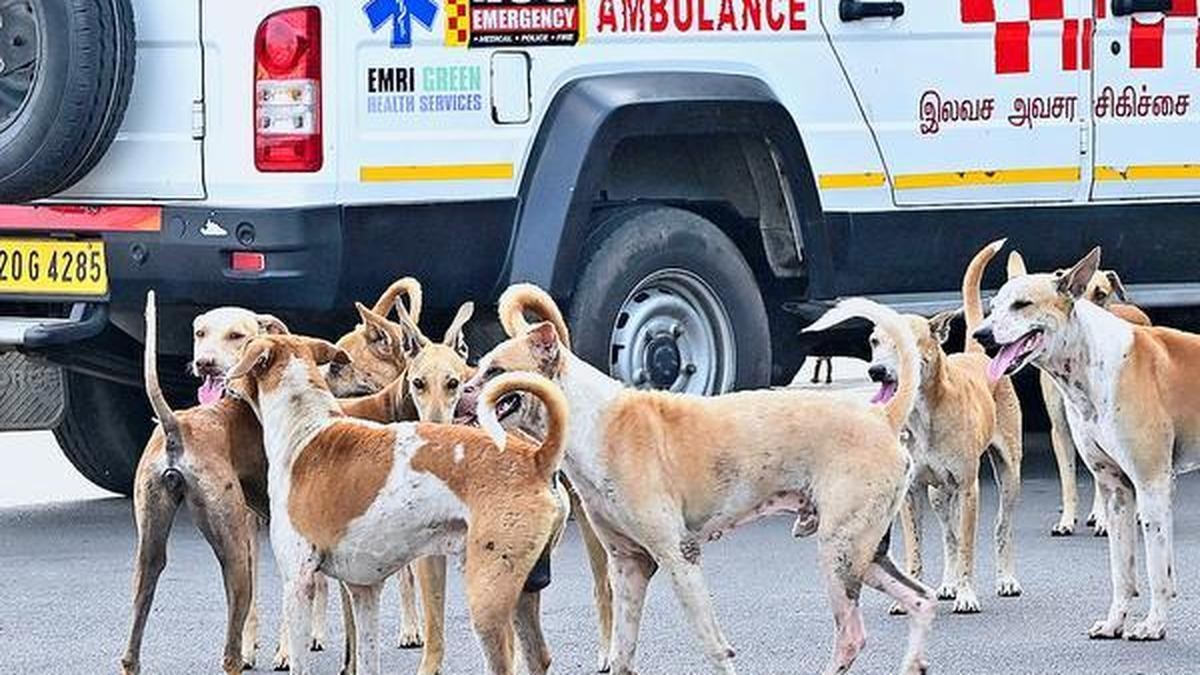
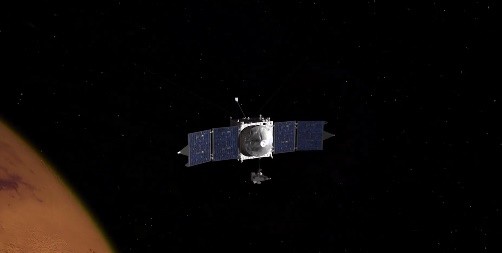
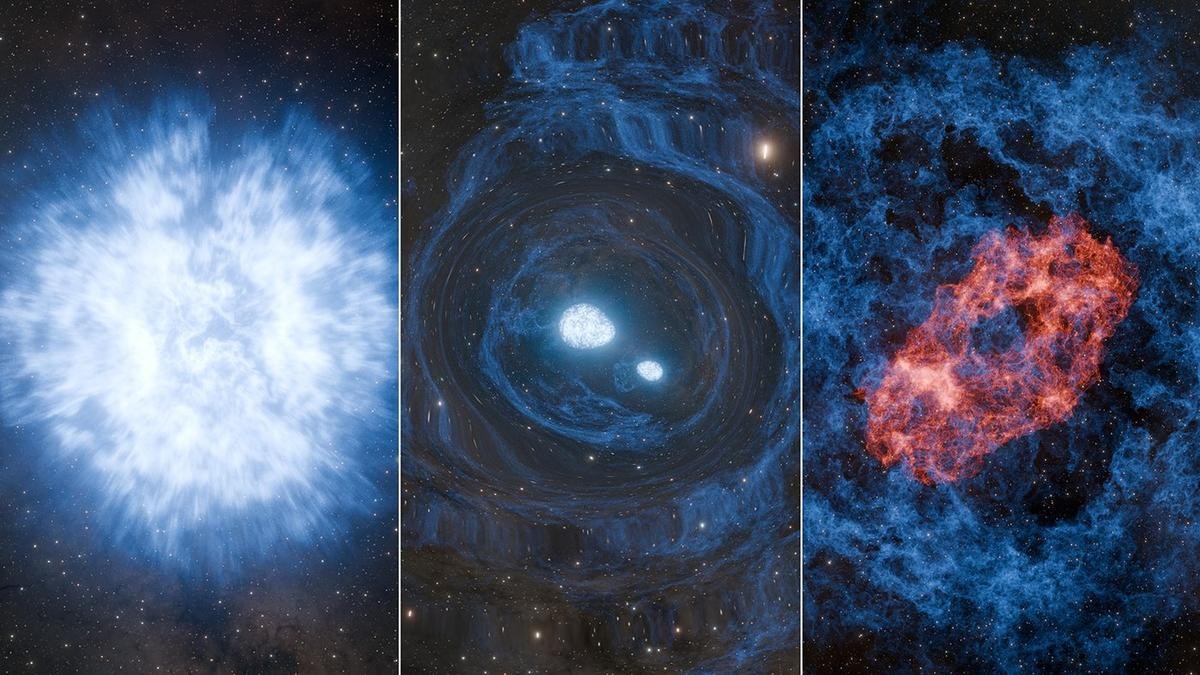




© 2026 iasgyan. All right reserved